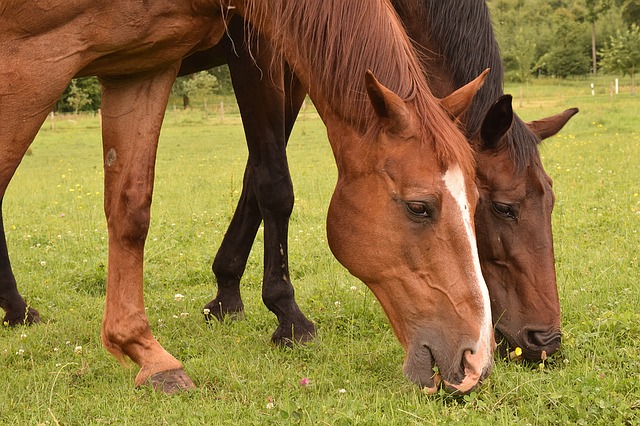A four year old Quarter Horse gelding from Anadarko, Oklahoma (Caddo County) presented to a referral hospital August 5, 2016 with a temperature of 103.5, ataxia and depression. The horse was not current on vaccinations and died, according to an update from the Equine Disease Communication Center (EDCC).

Brain samples submitted to the Oklahoma State Department of Health were positive for Rabies virus by direct fluorescent antibody testing on August 11, 2016.
According to the Control of Communicable Diseases Manual, all mammals are susceptible to rabies. Raccoons, skunks, foxes, bats, dogs, coyotes and cats are the likely suspects. Other animals like otters and ferrets are also high risk. Mammals like rabbits, squirrels, rodents and opossums are rarely infected.
Rabies infected animals can appear very aggressive, attacking for no reason. Some may act very tame. They may look like they are foaming at the mouth or drooling because they cannot swallow their saliva. Sometimes the animal may stagger (this can also be seen in distemper). Not long after this point they will die. Most animals can transmit rabies days before showing symptoms.
Initially, like in many diseases, the symptoms of rabies in people are non-specific; fever, headache and malaise. This may last several days. At the site of the bite, there may be some pain and discomfort. Symptoms then progress to more severe: confusion, delirium, abnormal behavior and hallucinations. If it gets this far, the disease is nearly 100% fatal.
Although worldwide it is estimated that there are more than 69,000 deaths due to rabies annually,human rabies cases are extremely rare in the United States, which averages less than five human rabies cases annually.
Human rabies is prevented by administration of rabies vaccine and rabies immune globulin.

